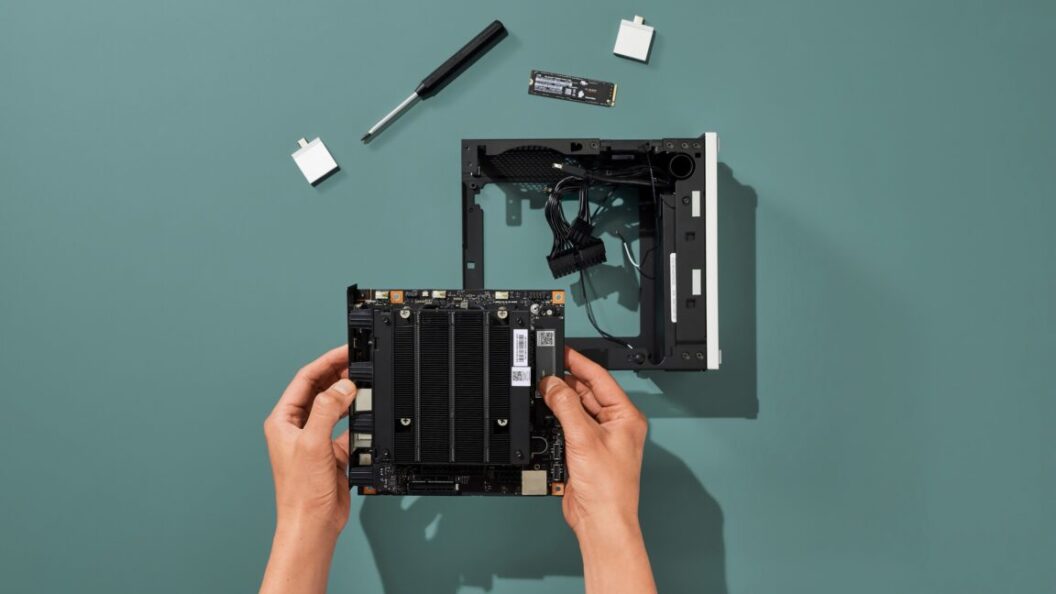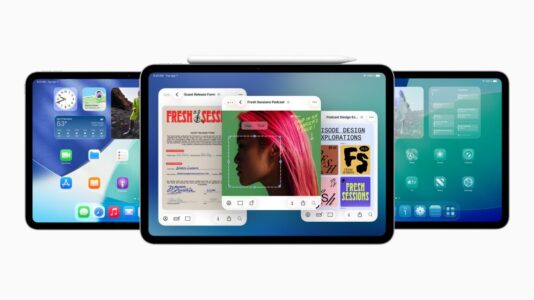Framework Launches Compact Gaming and Workstation PC
Framework, known for its commitment to modular technology and repairable devices, has debuted a new first-party product: the Framework Desktop. This compact gaming and workstation PC targets consumers who seek powerful performance in a small form factor. With prices starting at $1,099, it aims to deliver state-of-the-art capabilities, including gaming at 1440p.
Pricing and Configuration Options
The Framework Desktop starts with an 8-core Ryzen AI Max 385 CPU and 32GB of RAM, priced at $1,099. For consumers looking for more power, an upgraded model with a 16-core Ryzen AI Max+ 395 processor and 128GB of RAM can be purchased for $1,999. In between these options, a configuration featuring the same processor with 64GB of RAM is available for $1,599. There is also an option to purchase just the mini ITX motherboard for $799, enabling users to build their ideal system in a different case.
Competitive Pricing Landscape
While the prices of the Framework Desktop are not considered impulse buys, they appear competitive when comparing similar products. For instance, the Asus ROG NUC, another compact gaming-focused PC, starts at nearly $1,300 but only includes half the RAM found in Framework’s base model. Do-it-yourself options also exist at a lower price point. A mini ITX PC built around the Ryzen 7 8700G can cost about $500, but it falls short in performance and lacks integrated graphics.
Compact Size and Design
The Framework Desktop features a volume of only 4.5 liters, making it smaller than other compact gaming systems, such as the Xbox Series X at 6.9 liters and the Apple Mac Studio at 3.7 liters. The design combines functionality with simplicity, appealing to users looking for a space-saving solution. While the Framework Desktop is not the smallest on the market, the combination of size and performance positions it favorably among compact PCs.
Upgradability and Customization
Despite its attractive size and configuration options, the Framework Desktop does face criticism regarding its upgradeability. Unlike the modular systems that Framework usually champions, this desktop’s CPU and GPU are integrated into a single piece of silicon and are soldered to the motherboard. This means users cannot upgrade these components, which is a significant departure from Framework’s typical offerings, where upgrades and repairs are easily accessible. The RAM is also soldered down, which limits future expandability.
Market Potential and Conclusion
The Framework Desktop is designed to accommodate users looking for a powerful solution in a compact form. Its performance characteristics might entice gamers and creative professionals who need a reliable system without occupying much desk space. As one tech enthusiast mentioned, the appeal is clear—“If the Series S could run Windows, I’d buy it in a second,” referring to the integration of gaming and computing functionalities within a compact design.
However, it does raise questions about Framework’s identity as a company focused on upgradeable and sustainable hardware. The shift towards a less customizable PC might alienate some of their core customer base, especially those who prioritize modularity. As consumers increasingly seek both power and flexibility, it will be interesting to see how the Framework Desktop impacts the brand’s reputation and sales in this competitive market.









